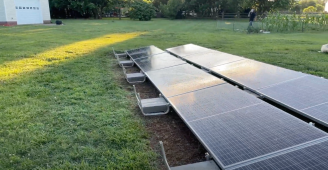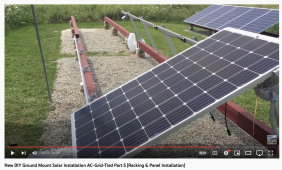Hedges
I See Electromagnetic Fields!
- Joined
- Mar 28, 2020
- Messages
- 21,485
That is exactly why I was suggesting you break away from the rest of the YouTube pack and start doing more detailed analysis of Inverters and how they perform. Just looking at the effieceny curves of "typical" Inverter designs has got me really wondering at what Wattage are these Inverters efficiency being rated at. How effiecent is a an LV6548, Growatt or Sol-Ark at full load versus 40% load? That is one of those values you can see instantly with that Fluke Meter and a bunch of heaters for loads. Then we have the whole THD question. Lots of new Angles to test the equipment you already have.
But would that appeal to the demographic of majority of Will's audience?
Bolt things together and have a functioning system, to appeal to many users.
As soon as you get into losses vs. load, engineering aspects, it will go over the heads of many and only appeal to a few.
Even among engineers, getting into a different discipline or different area of their discipline, a presenter will lose many of them. There is a market for deep technical presentations in various fields, but viewers select themselves for interest in that. Science shows on TV deliver a bit of content with lots of animated graphics for appeal.
Efficiency - no-load power consumption of inverter may be most important, especially for mobile systems. A percentage of used power being lost is one thing, but no-load consumption requires bigger battery and more panels just to keep system running so it can power loads when desired. Video could have graphic of pie charts superimposed showing how much of a battery and how much of a PV array is wasted on that, vs. available for user's loads.
THD - what could matter is how well inverter handles poor power-factor loads. LF inverter may be better for inductive motor loads. Many loads have rectifier/capacitor front end, e.g. power adapters and non PF-corrected motor drives for fridge or A/C (apparently European models are better in that regard than U.S.) Try operating inverters heavily loaded with such products.





